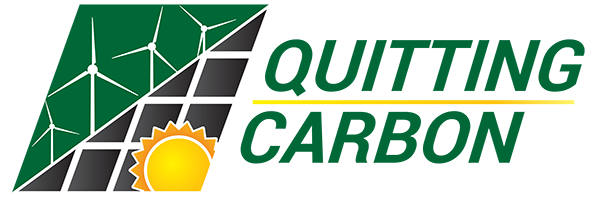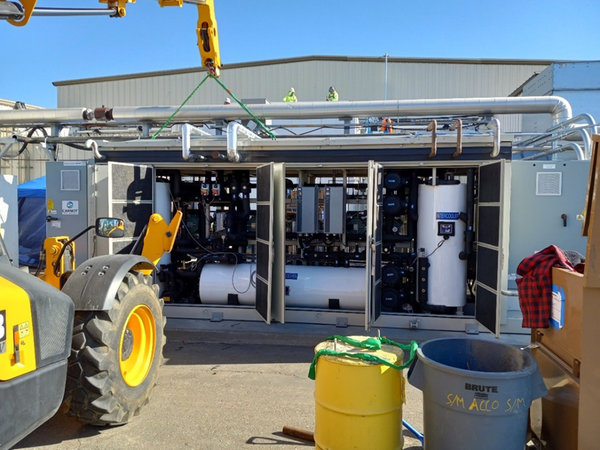Oregon testing facility aims to jumpstart the U.S. wave energy industry
Wave energy is perpetually "20 years behind wind energy." Quitting Carbon recently toured Oregon's PacWave South, a grid-connected testing facility that aims to close that gap.
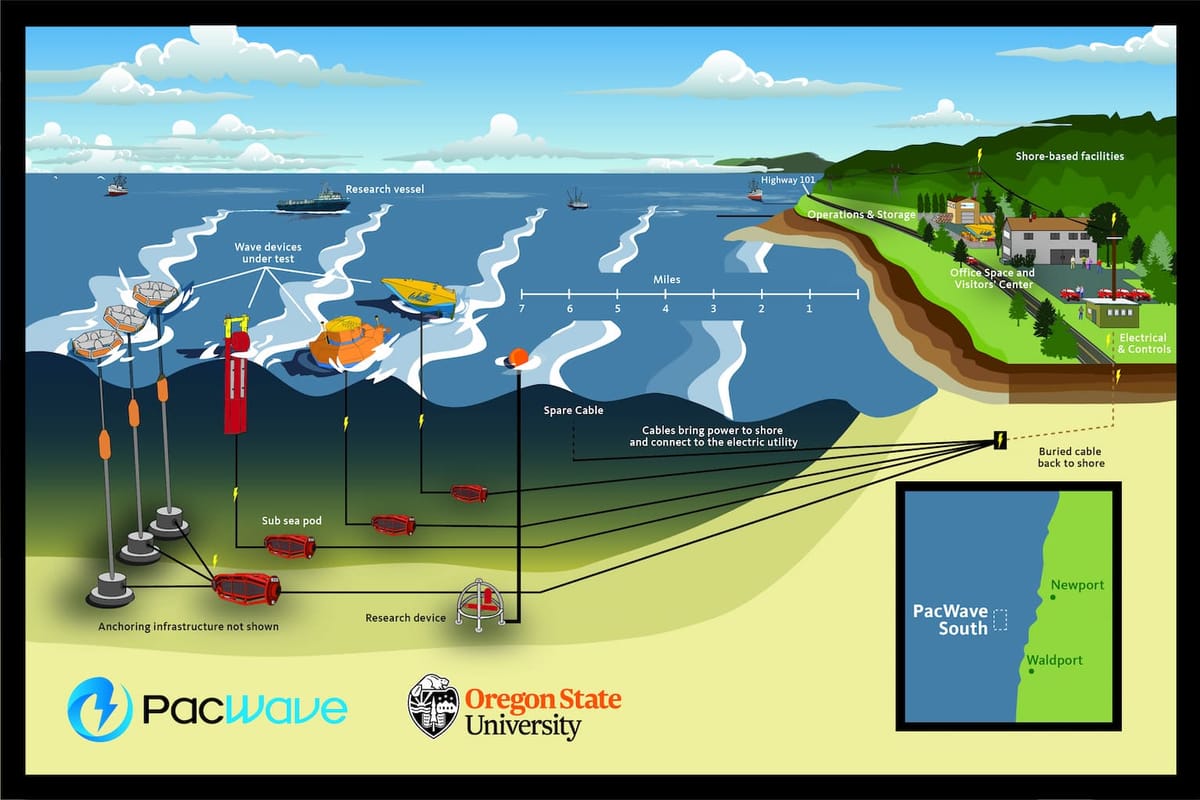
Quitting Carbon is a 100% subscriber-funded publication. To support my work, please consider becoming a paid subscriber or making a one-time donation.
Spend a few minutes gazing at waves on the horizon on any ocean coastline and it's easy to imagine that floating machines tethered to the sea floor could capture some of the power of the never-ending swells rolling to shore. The machines would then send carbon-free electricity to the shoreside grid round the clock throughout the year.
But turning these machines of the imagination into dependable, long-lasting power-generating devices in the physical world has proven to be quite challenging.
A soon-to-open facility located along Oregon's central coast aims to ease the industry's growing pains and to accelerate the development of devices that can withstand the punishment that comes with operating in the open ocean.
Sometime next year, the first tenant of Oregon State University's PacWave South testing facility will plug a wave energy converter into a connector waiting at one of four berths occupying two square nautical miles of ocean seven miles from shore. The event will mark a significant milestone in the U.S. and global push to commercialize wave energy. According to the U.S. Department of Energy, the facility "will be the nation’s first accredited, grid-connected, pre-permitted, open-water wave energy test facility."
Last week, on a tour organized by the Pacific Ocean Energy Trust and the University Marine Energy Research Community, I visited the shoreside landing site of PacWave's four subsea cables as well as the facility where up to 20 megawatts (MW) of wave energy will be fed to the onshore grid and engineering teams will optimize their inventions for operation at sea.
Here's a look at the shoreside components of the new facility.
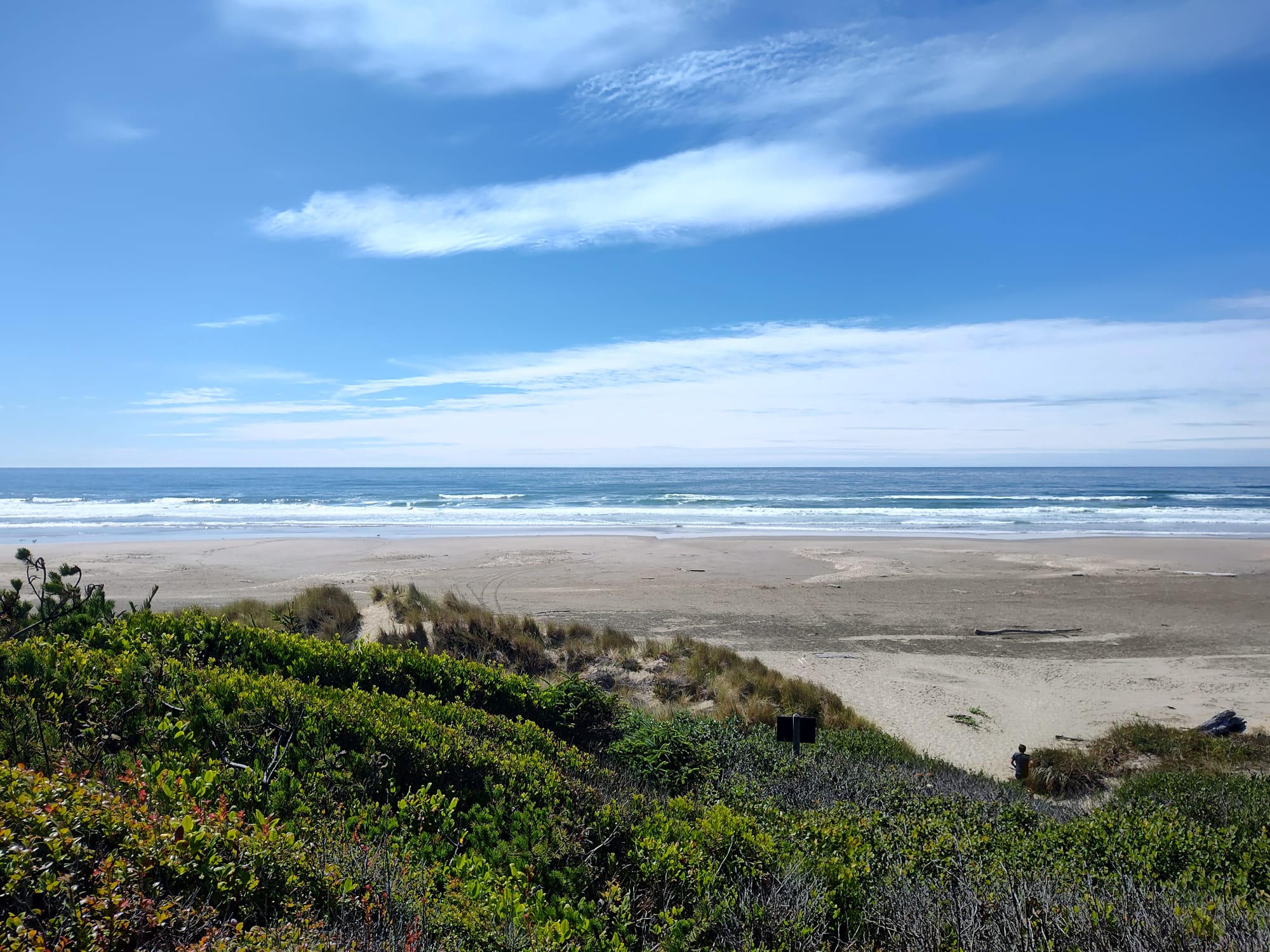
The subsea cables for PacWave South's four wave energy testing berths come ashore beneath the parking lot for the Driftwood Beach State Recreation Site just a few miles south of Newport, Oregon. The parking lot was closed to the public for almost a full year as crews drilled boreholes first straight down before, using horizontal directional drilling, turning both to the west (under the beach and then out to sea) and to the east (from the beach and under Highway 101 to a shoreside operations facility).
Installation of the nearly 50 miles of cables took about 27 months and was completed in October of last year. Manufacturing of the subsea and terrestrial cables, which took 19 months, was completed by Nexans in Norway.
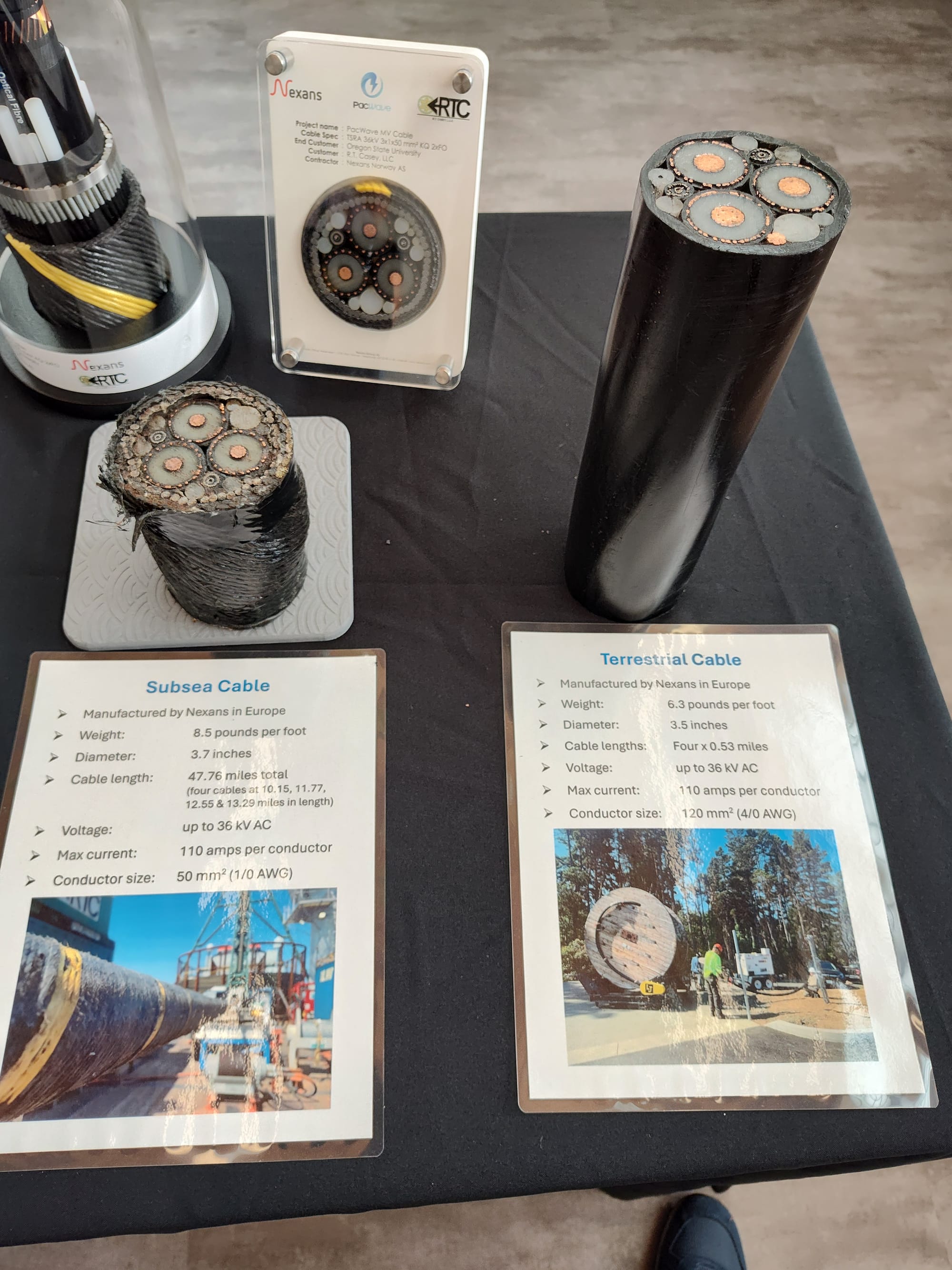

Photo order refers to web view: Cross-section views of the subsea and terrestrial cables (left) and a back-up subsea cable (right) for the PacWave South testing facility. Credit: Justin Gerdes.
Once operational, electricity from devices being tested at PacWave South's four ocean berths (up to 5MW from each berth) will be fed to the shoreside grid at the project's Utility Connection and Monitoring Facility (UCMF). Construction of the 18,000-square-foot facility at the site of a former Christmas tree farm took two years and was completed in spring of this year.
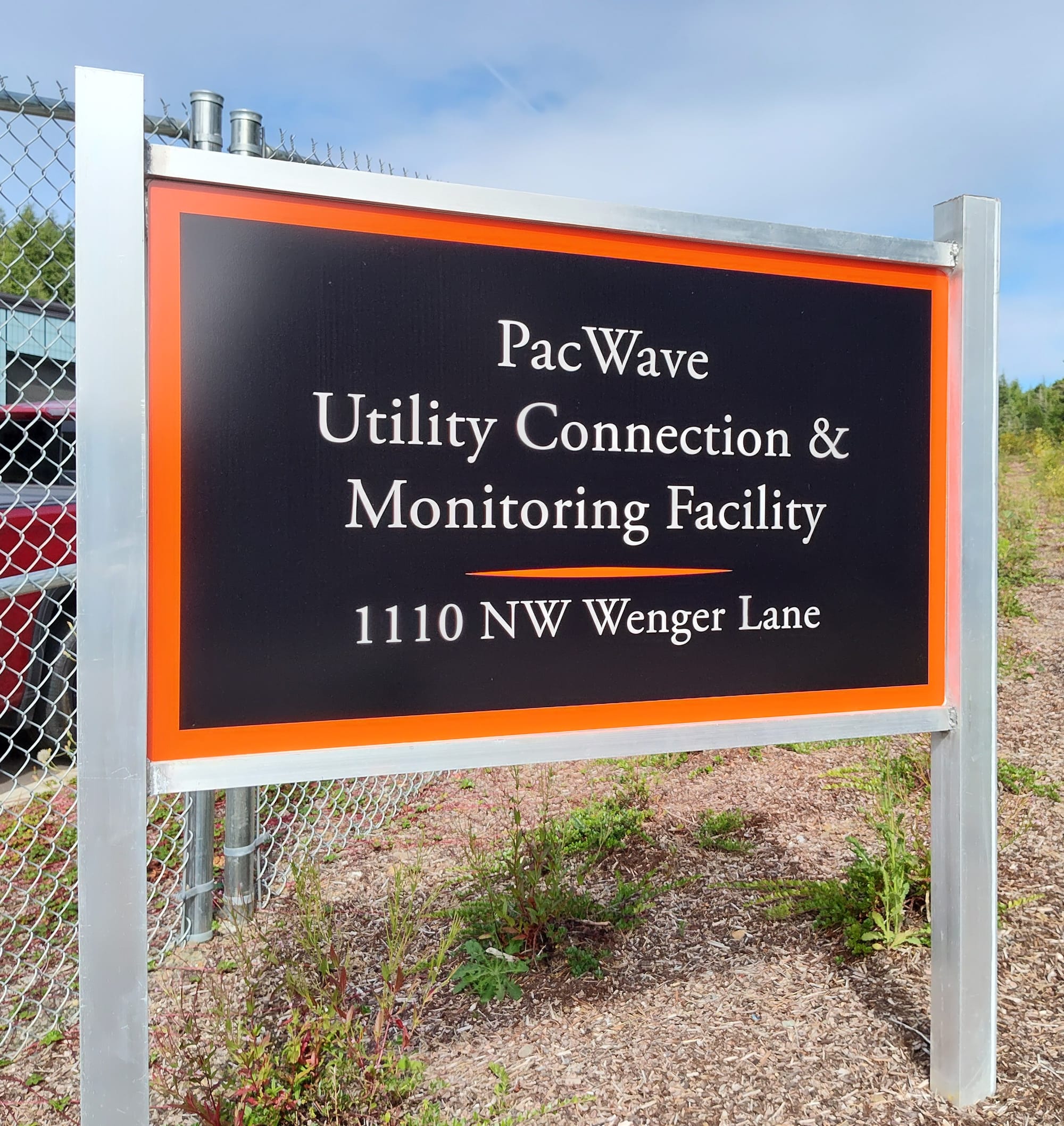
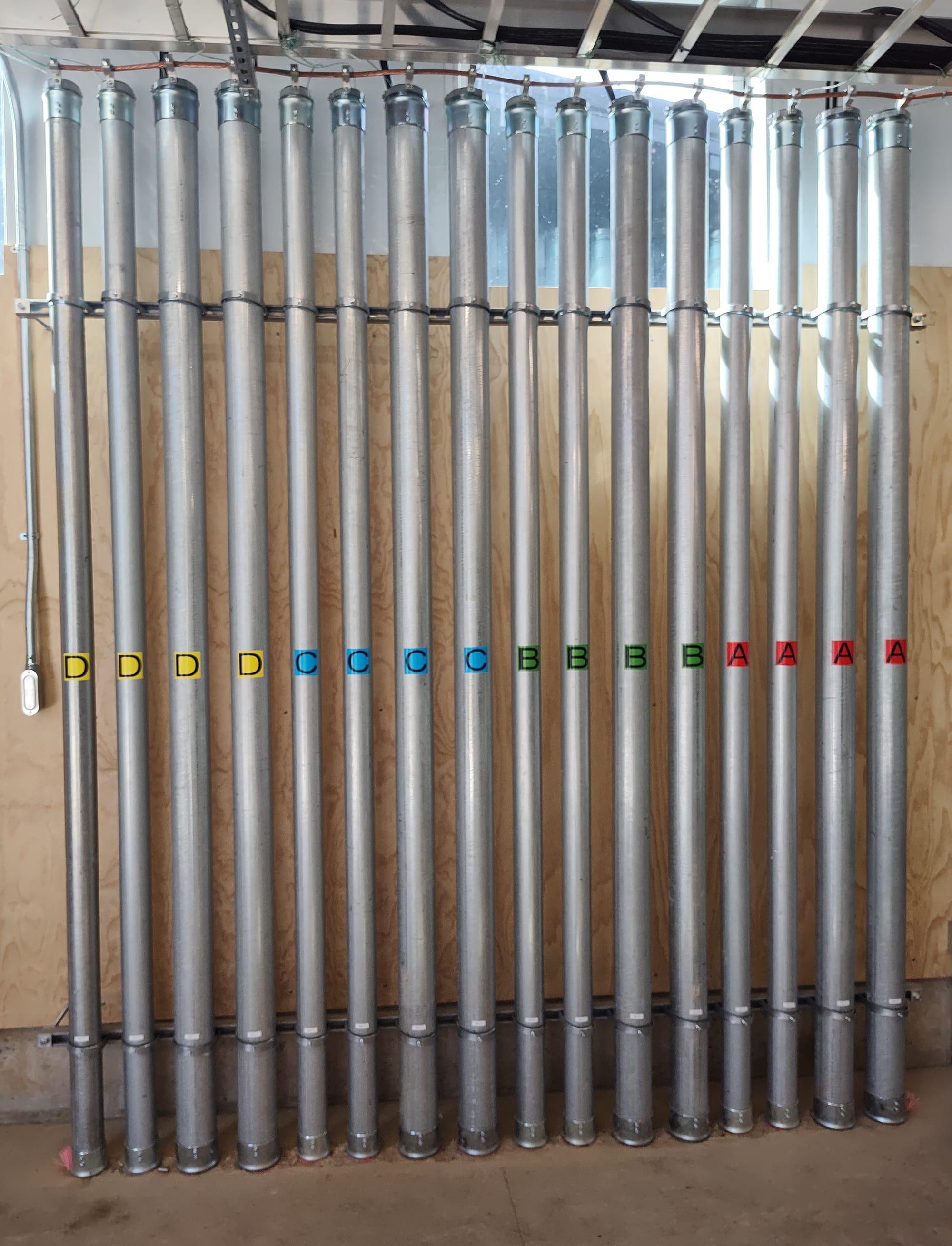
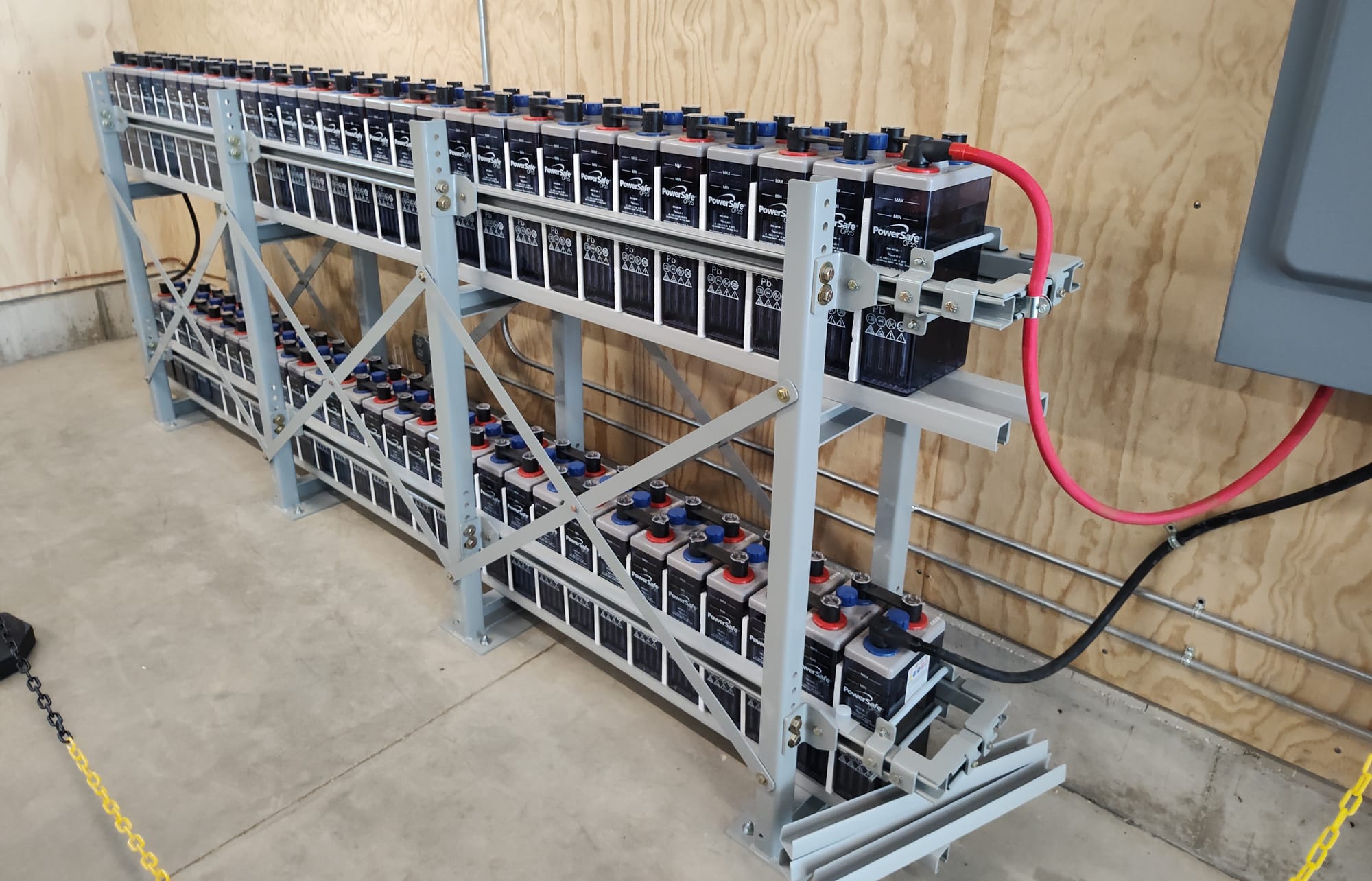
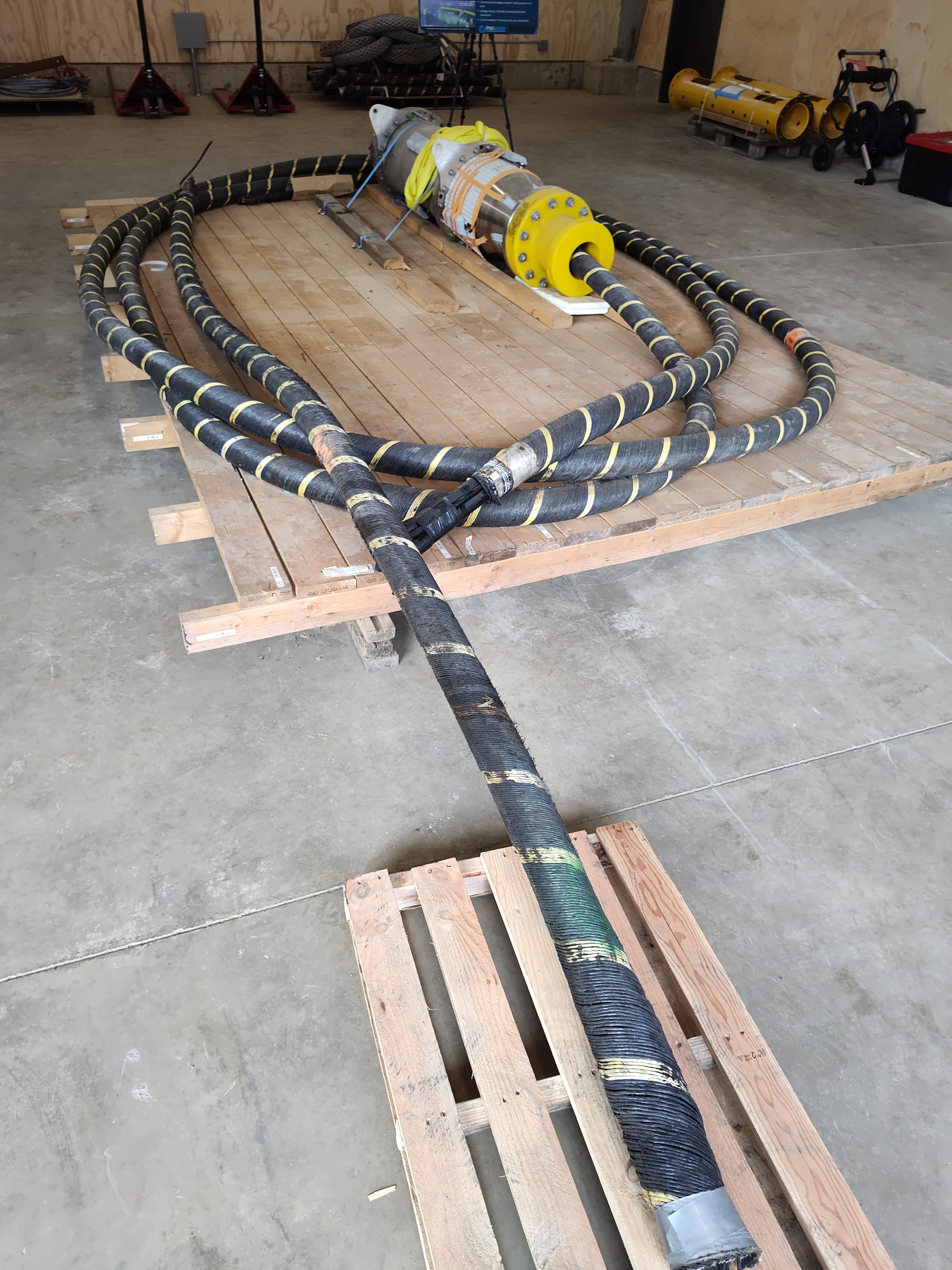
Photo order refers to web view: Entrance sign for PacWave South's Utility Connection and Maintenance Facility (upper left); power and fiber optic data connectors for future UCMF tenants (upper right); a back-up battery energy storage system (lower left); and one half of a subsea connector from Danish underwater technology company MacArtney (lower right). Credit: Justin Gerdes.
All that PacWave South needs now is its first tenants. The likeliest candidates are two startups contracted by the Department of Energy to test wave energy converters at the facility: California-based CalWave and Charlottesville, Virginia-based C-Power. Ocean testing is scheduled to begin in 2026.
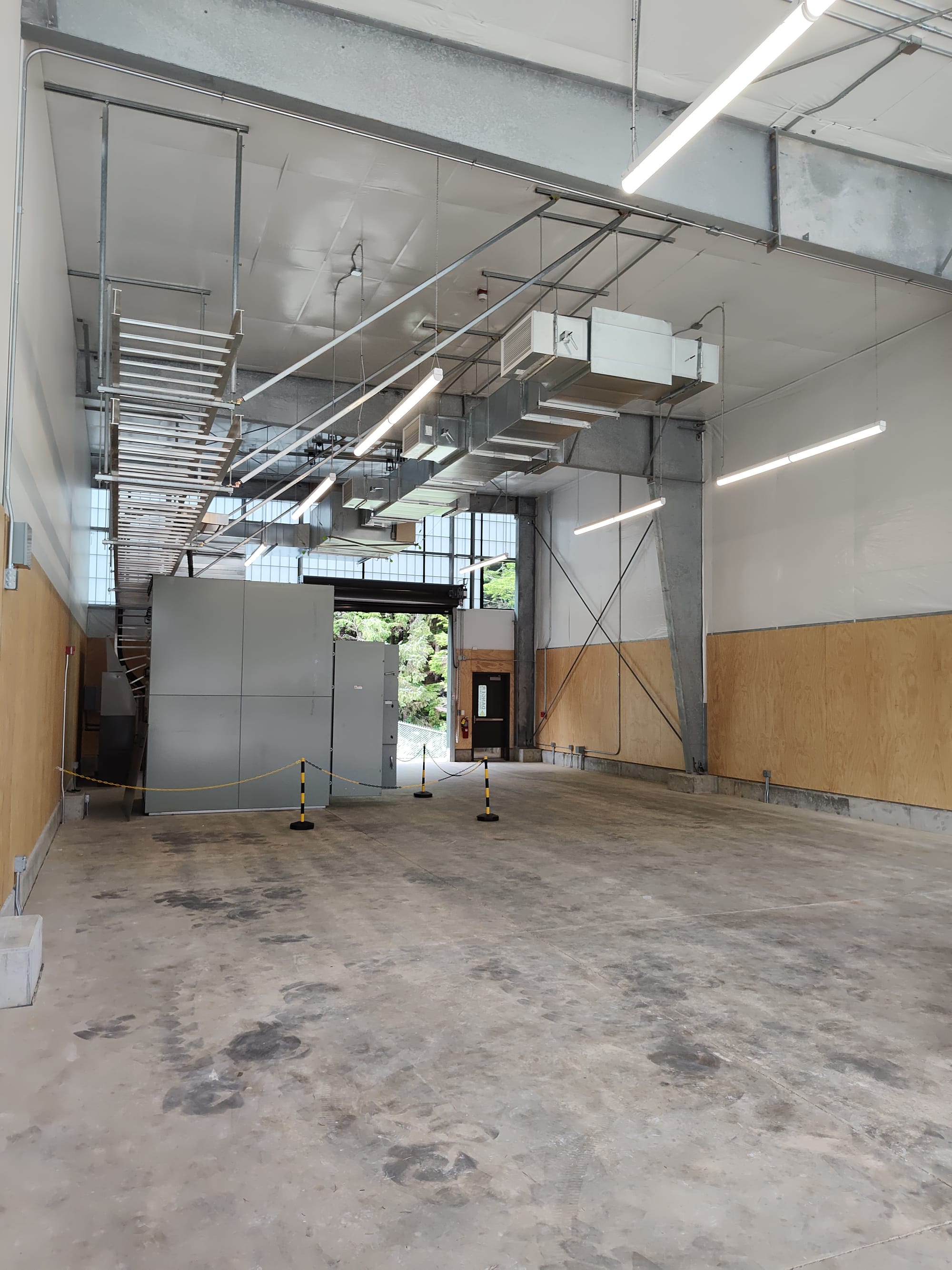
The launch of open-water testing at PacWave South next spring or summer will mark a major achievement for the U.S. marine energy industry. It has certainly been a long time in coming.
Feasibility studies for PacWave South started in 2011, followed by an arduous eight-year permitting process and then the four plus-year cable installation and UCMF construction process. Oregon State University had originally hoped to open the facility this year.
Ongoing financial support from the Department of Energy will be critical. PacWave Director Dan Hellin told me that tenant lease payments alone will not cover the facility's expected operational costs. Federal funding accounted for much of the project's construction costs.
The second Trump administration's antipathy towards unfavored renewable energy technologies – especially solar and onshore and offshore wind – is well documented. But on July 7, Oregon State University was notified that the Department of Energy's Water Power Technologies Office had recommended ongoing financial support for PacWave South. The recommendation was approved by Energy Secretary Chris Wright.
For now, PacWave South's four subsea power connectors are resting on concrete supports just above the sea floor at a depth of around 200 feet – waiting until paired with the other half of a connector on a ship beginning next year.
